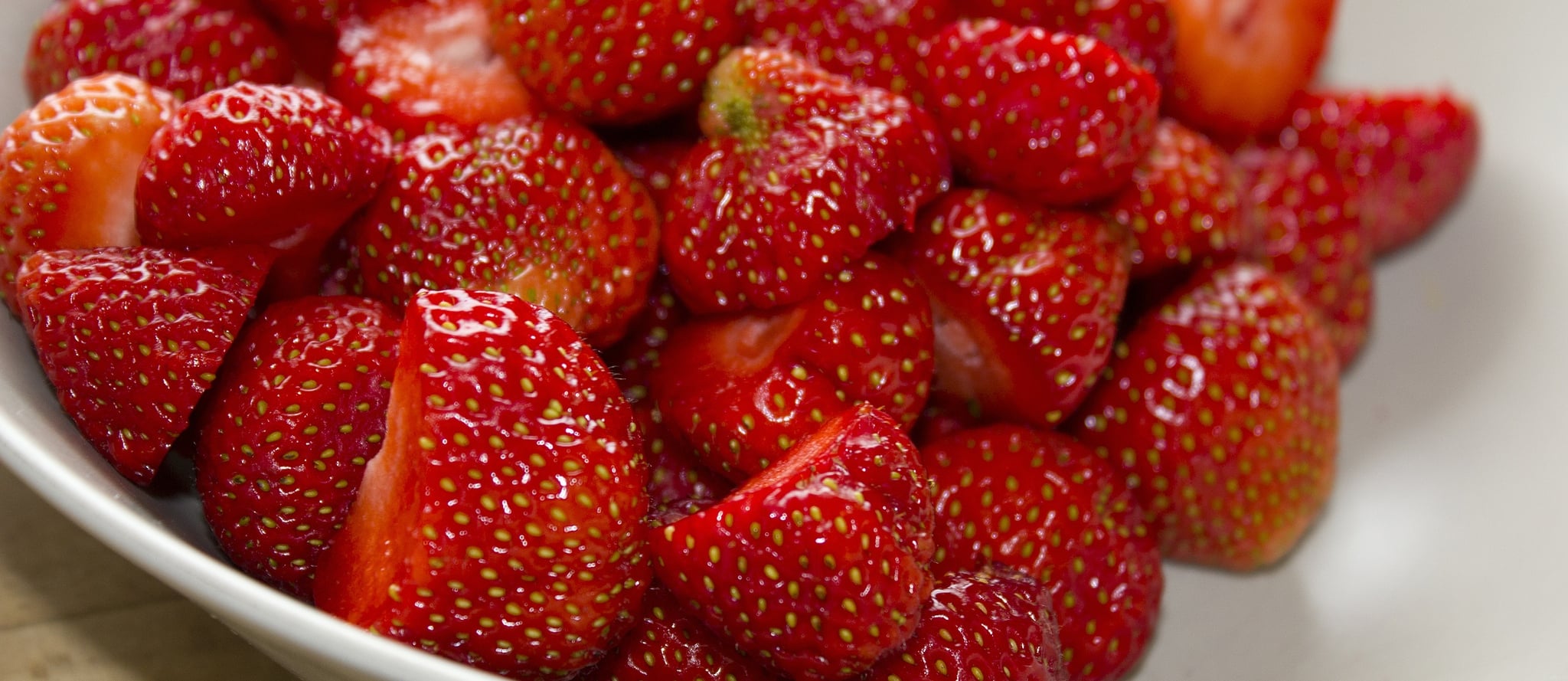About a third of common cancers may be prevented by eating a healthy, plant-based diet; being physically active; and maintaining a healthy weight. One of the ways plants may help is by cutting off the supply lines to cancerous tumors.
A tumor cannot grow without a blood supply. Currently, it is believed that a tumor mass cannot exist in a volume greater than about the size of the ball at the tip of a ballpoint pen without a proper blood supply. This indicates that angiogenesis, the creation of new blood vessels, is critical to tumor growth.
Each one of us has cancer cells in us right now. One study describes how “by age 70, microscopic cancers are detected in the thyroid glands of virtually everyone. Most of these tumors never cause problems or become clinically significant, leading to the concept of ‘cancer without disease’ as a normal state during aging.” Cancer cells are commonly present in the body, but they can’t grow into tumors any bigger than that tiny dot size–no more than 10 million cancer cells–before needing to get hooked up to a blood supply. One way cancer turns on the tap is silencing certain tumor suppressor genes. How do we turn them back on? See, for example, Apple Skin: Peeling Back Cancer.
Another way tumors commandeer a blood supply is by diabolically releasing angiogenic factors, chemicals that cause new blood vessels to sprout into the tumor. The most important one is called vascular endothelial growth factor (VEGF). But we may be able to suppress VEGF with veggies.
Many of the phytonutrients we know and love in tea, spices, fruit, berries, broccoli, and beans can block cancer’s stimulation of new blood vessels. They’re ideal for prophylactic long-term use against breast cancer because of their reliability, availability, safety, and affordable price. A recent review concluded that we now have “convincing evidence that dietary plant constituents possess the unique ability to affect tumor angiogenesis, which may be deemed advantageous in the prevention and treatment of human breast cancer and other tumors.”
Most of these studies have only been done in a petri dish, though. Researchers stimulate human blood vessel cells and they start forming tubular structures trying to make new capillaries to feed the tumor. This tube formation can be substantially blocked by adding add plant compounds such as apigen or luteolin, found throughout the plant kingdom in foods such as citrus, celery, and peppers. In a study outlined in my video, Anti-Angiogensis: Cutting Off Tumor Supply Lines, you can see the effect of fisitin, a phytonutrient found in strawberries, shrinking the beginnings of new blood vessel formation. How else can strawberries smack on the cancer kibosh? See Strawberries versus Esophageal Cancer.
Where do researchers get their hands on human blood vessels? They get them from discarded umbilical cords or, more controversially, from the eyes of aborted fetuses. Either way, we can stimulate blood vessel formation with the tumor compound VEGF and then abolish that effect with plant compounds. Therefore, “the daily consumption of natural foods containing adequate flavonoids could be beneficial for the prevention of cancer metastasis or could improve cancer prognosis.” Given the power of plants, one might speculate that the foundation of an anti-angiogenic approach to cancer might be a whole food vegan diet.
Because we all likely have cancer cells inside us, Cancer Prevention and Treatment May Be the Same Thing. To die with cancer rather than from cancer, we need to slow down cancer doubling time. Check out one of my oldie-but-goodie video Slowing the Growth of Cancer.
The cancer-promoting growth hormone IGF-1 is another angiogenic factor, helping tumors turn on the gravy train. This may be another reason plant-based diets protect against cancer, since as few as two weeks on a healthy diet can lower IGF-1 levels. If you’re interested, check out my video series on the elegant experiments that discovered this:
- Ex Vivo Cancer Proliferation Bioassay
- IGF-1 as One-Stop Cancer Shop
- Cancer-Proofing Mutation
- The Answer to the Pritikin Puzzle
- How Plant-Based to Lower IGF-1?
-Michael Greger, M.D.
PS: If you haven’t yet, you can subscribe to my videos for free by clicking here and watch my full 2012 – 2015 presentations Uprooting the Leading Causes of Death, More than an Apple a Day, From Table to Able, and Food as Medicine.
